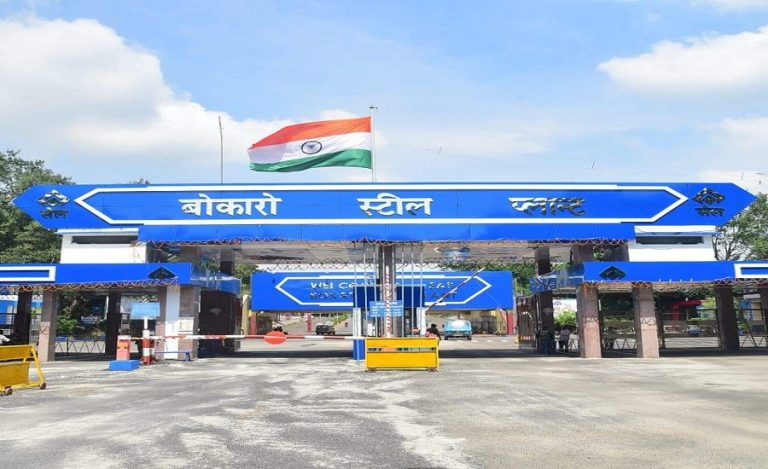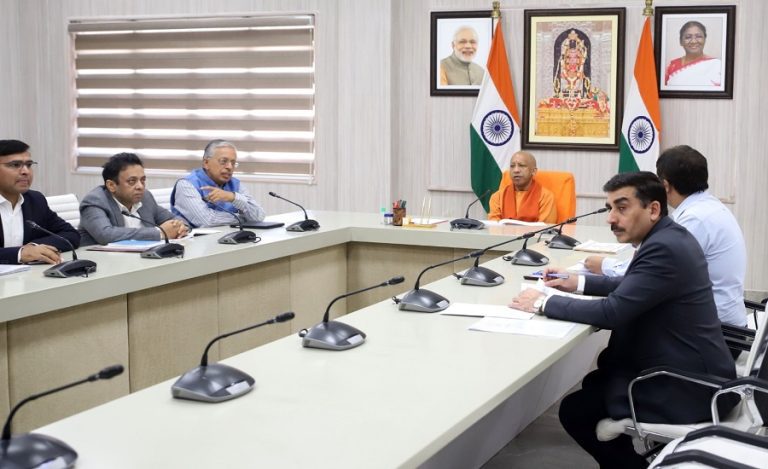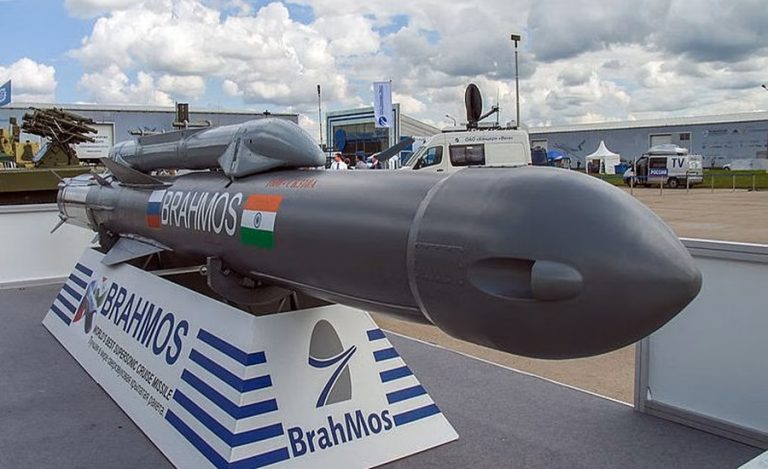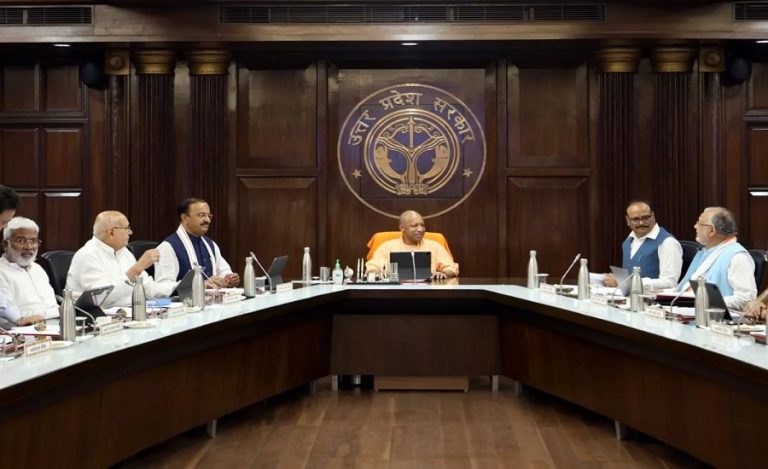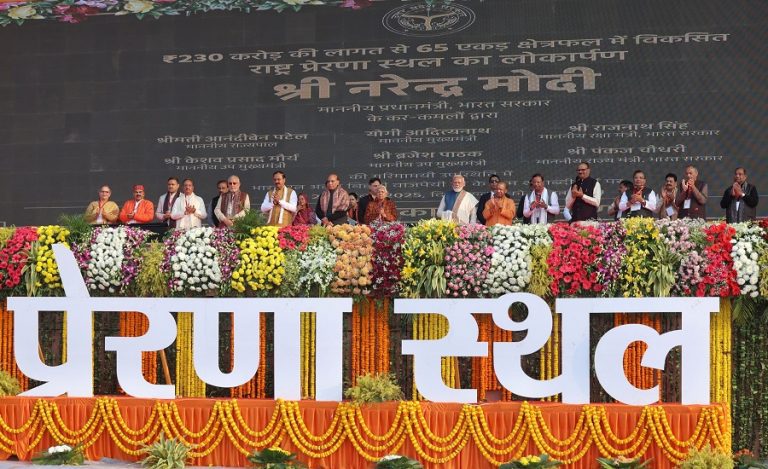In a bold show of air superiority and strategic precision, the Indian Air Force (IAF) conducted targeted airstrikes under ‘Operation Sindoor’ against terrorist camps in Pakistan and Pakistan-occupied Kashmir (PoK), reportedly deploying a lethal mix of Rafale jets, Scalp cruise missiles, Hammer standoff munitions, and kamikaze drones.
The IAF strikes are said to have hit high-value terror infrastructure in areas including Muzaffarabad, Kotli, Gulpur, Bhimber, Sialkot, Muridke, Chak Amru, and Bahawalpur, escalating tensions along the Line of Control (LoC) and International Border (IB).
The operation has brought global attention to India’s growing arsenal of cutting-edge aerial weaponry:
SCALP/Storm Shadow: A long-range, low-observable air-launched cruise missile capable of striking hardened targets with precision. It carries a 450 kg conventional warhead, travels at Mach 0.8, and can hit targets up to 250 km away.
AASM Hammer: A modular smart munition developed by Safran Electronics & Defense, offering multiple guidance systems (GPS, laser, infrared) and adaptable bomb weights ranging from 125 kg to 1,000 kg. It enables deep-strike capabilities in all weather conditions.
Loitering Munitions (Kamikaze Drones): These autonomous drones can hover over the battlefield, locate targets in real time, and crash into them with explosive payloads. Their flexible attack modes and real-time decision capability make them ideal for dynamic battlefield conditions.
While Pakistan has not formally responded, heightened activity has been observed across the Line of Control (LoC) and the International Border (IB). The Ministry of Defence has not issued an official statement but sources indicate that India remains on high alert.
The use of these advanced systems not only signals India’s readiness to neutralize threats at their origin but also reflects the maturity of its aerial warfare capability in a high-stakes geopolitical landscape.
The operation has sent a clear strategic message, showcasing India’s aerial strike depth and technology-driven warfare capabilities. Analysts view this as a calibrated response to cross-border threats and a signal of India’s readiness to conduct swift, precise, and high-impact military actions when provoked.


